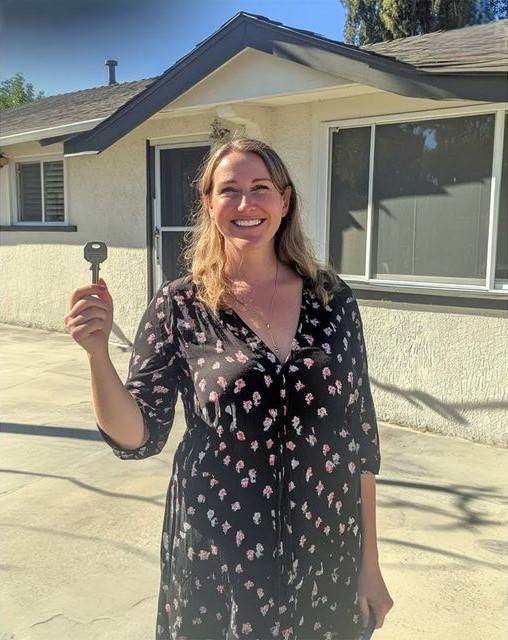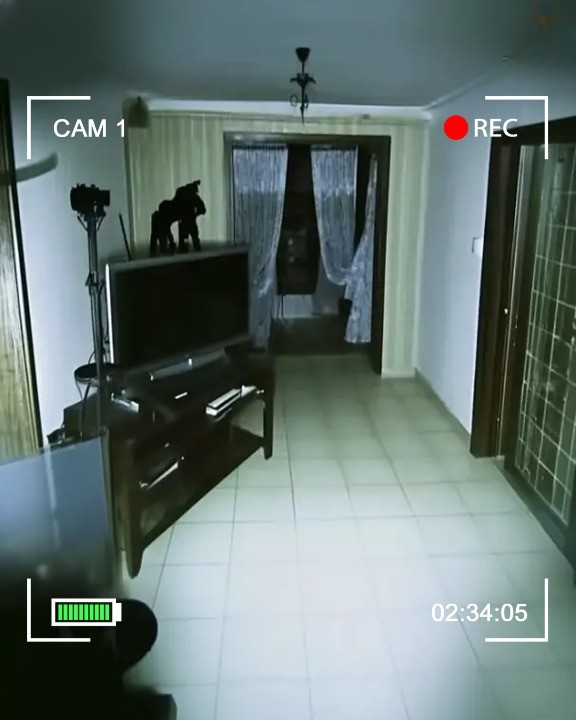The medical world recently witnessed a monumental achievement in Canada. A team of skilled surgeons from the Hôpital Maisonneuve-Rosemont (CIUSSS de l’Est-de-l’Île-de-Montréal), led by the renowned plastic surgeon Dr. Daniel Borsuk, successfully performed Canada’s first face transplant. This groundbreaking procedure was a beacon of hope for the 64-year-old patient, who had endured years of suffering, both physically and emotionally, due to a severely scarred face. For the world of reconstructive surgery, this marks an extraordinary milestone, highlighting the potential for face transplants to transform the lives of patients with severe facial disfigurements.
The Journey to Canada’s First Face Transplant
The road to the first successful face transplant in Canada wasn’t a sudden leap but rather the result of years of advancements in medical science and surgery. The concept of a face transplant has long fascinated doctors, but it was only recently that such complex procedures became possible. With an ever-growing understanding of immunology, microsurgery, and reconstructive techniques, the opportunity to restore both function and aesthetics to those who have suffered devastating facial injuries or deformities became a reality.
The patient, a 64-year-old man whose face was left disfigured due to a traumatic injury, had lived a life marked by severe physical and social limitations. His injuries prevented him from leading a normal life, and despite multiple reconstructive surgeries over the years, the scars ran too deep. But hope arrived in the form of Dr. Borsuk and his team, who proposed a solution that would not only restore his appearance but also offer him a renewed sense of identity and confidence.
The Team Behind the Transformation
Dr. Daniel Borsuk, a plastic and reconstructive surgeon who had been at the forefront of groundbreaking surgeries in Canada, led the charge in this historic medical endeavor. Trained at some of the world’s top institutions, Dr. Borsuk brought together a team of highly skilled surgeons, nurses, and other healthcare professionals from Hôpital Maisonneuve-Rosemont and the University of Montréal. This collaboration was essential for ensuring the procedure’s success, given its complexity.
A face transplant is no ordinary surgery. It involves meticulously reconnecting blood vessels, nerves, muscles, and bones, all while ensuring that the recipient’s immune system doesn’t reject the new tissue. The team’s preparation was exhaustive. They practiced on models, studied previous face transplants performed elsewhere in the world, and carefully evaluated the patient’s medical history and psychological readiness. It was this dedication that made the procedure possible.
The Procedure: A Complex Balancing Act
On the day of the surgery, the medical team knew they were about to embark on an arduous and delicate operation. A face transplant is not just about attaching new skin; it’s about restoring function, expression, and identity. The team worked tirelessly for over 30 hours, using state-of-the-art techniques to transplant the donor’s facial tissue onto the patient.
The first and most critical step was ensuring that the donor’s tissue could be attached to the patient’s existing bone and muscular structure. Blood vessels had to be carefully connected to ensure circulation, and nerves had to be reattached to restore sensation and movement in the new face. The process of reattaching the delicate network of facial muscles required immense precision to ensure the patient would eventually regain the ability to smile, speak, and express emotions naturally.
Despite the complexities, the surgery was a resounding success. The team managed to reconnect the vast network of nerves, arteries, and veins that are necessary for a functioning face. After hours of painstaking work, the transplant was complete, and the patient’s new face took shape. What followed was a long and delicate recovery process that would test both the resilience of the patient and the expertise of the medical staff.
A New Face, A New Life
The most extraordinary part of this story is not just the surgery itself, but what it represents for the patient. Before the transplant, his facial disfigurement had robbed him of much more than his appearance. The trauma he endured had caused social isolation and emotional pain, severely affecting his quality of life. In a world where first impressions often define our interactions with others, he had struggled with acceptance and self-confidence.
With his new face, the patient is now on a path to reclaiming his life. The physical transformation was profound, but perhaps even more important is the emotional and psychological impact. A successful face transplant can provide a renewed sense of identity and help patients reconnect with the world around them.
Post-transplant, the patient has been undergoing extensive rehabilitation to regain control of his facial muscles and adjust to his new appearance. This process, though lengthy, is critical to helping him return to a normal life. While there are still challenges ahead — including the need for lifelong immunosuppressive drugs to prevent rejection — the surgery has given him a second chance at life, something that seemed impossible just a few years ago.
The Impact on Canadian Medicine and Beyond
The success of Canada’s first face transplant extends far beyond the life of one patient. It sets a precedent for future surgeries and opens the door for other patients in Canada who may benefit from such procedures. As the medical community continues to refine face transplantation techniques, more people with facial disfigurements due to accidents, burns, or illnesses can look to this surgery as a viable option.
For Dr. Borsuk and his team, this achievement is a testament to the potential of Canadian medicine. It highlights the country’s ability to perform cutting-edge surgeries and provide world-class healthcare. The fact that this was the first successful face transplant in Canada speaks volumes about the growing capabilities of the nation’s healthcare system, and it serves as an inspiration for future generations of doctors and surgeons.
Challenges of Face Transplants: Beyond the Surgery
While the success of this face transplant is cause for celebration, it’s essential to acknowledge the challenges that come with such procedures. Face transplants, by their nature, are highly risky. There’s always the possibility that the patient’s body will reject the new tissue, leading to complications that can threaten both the transplant and the patient’s life.
To prevent rejection, patients must take immunosuppressive medications for the rest of their lives. These drugs help the body accept the new tissue but also make the patient more vulnerable to infections and other health issues. Managing these risks requires a delicate balance, and patients must be closely monitored for the rest of their lives.
In addition to the medical risks, there’s also the emotional and psychological aspect of receiving a new face. Patients must adjust to their new appearance, which may not look exactly like their old face or the donor’s. This can create complex emotions and requires the support of mental health professionals to help the patient navigate their new reality.
A Beacon of Hope for the Future
The successful face transplant performed by Dr. Borsuk and his team has given hope to patients across Canada and around the world. For those who have been living with severe facial disfigurements, the possibility of receiving a face transplant offers a new lease on life. It is a symbol of how far modern medicine has come and what the future holds for reconstructive surgery.
As medical technology continues to advance, we can expect face transplants to become more refined and accessible. What was once a nearly impossible dream is now a life-changing reality for those who need it most. The story of this patient’s journey from disfigurement to transformation serves as a powerful reminder of the incredible possibilities of modern medicine and the human spirit’s ability to endure and overcome.
While challenges remain, the future looks bright for face transplantation. With each new success, we move closer to a world where those who suffer from severe facial injuries or disfigurements can find hope, healing, and the possibility of a new beginning.

